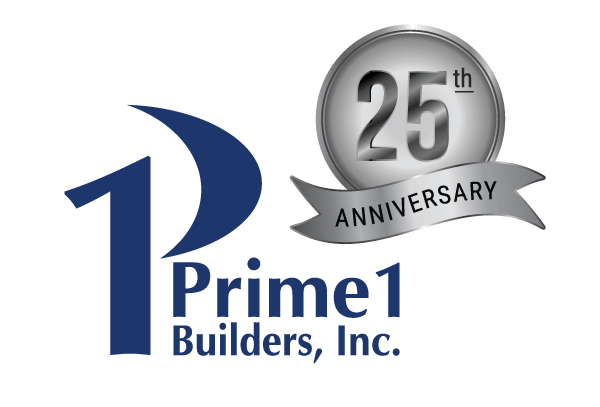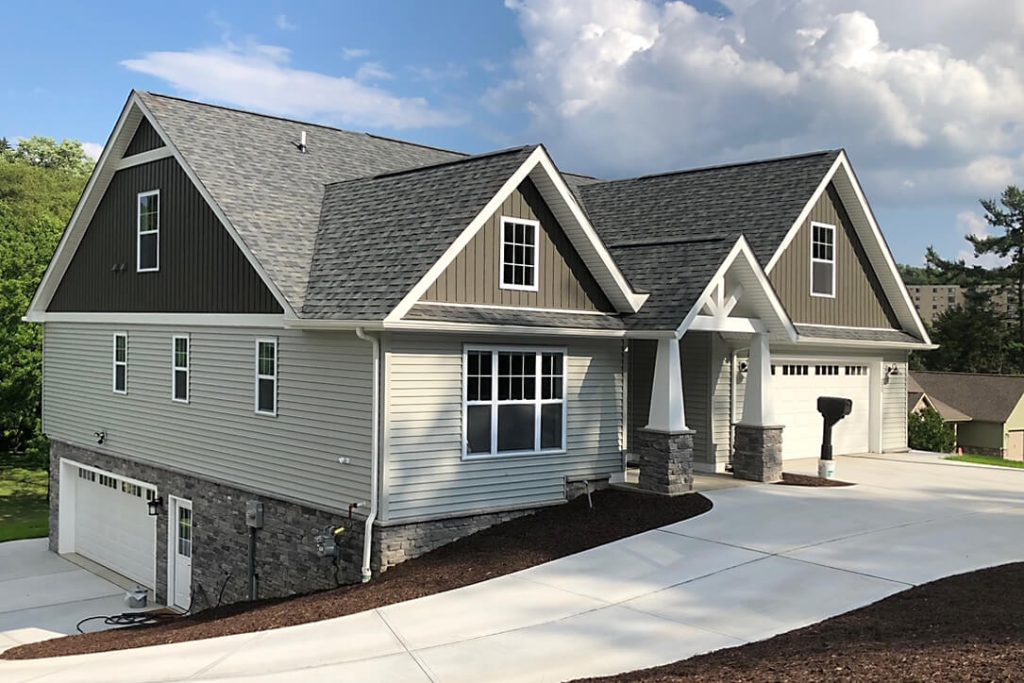If you’re trying to decide whether to buy or build a house, you’re not alone. With rising home prices, fluctuating market conditions, and a limited inventory of existing homes, many buyers are asking the same question: What’s the better option?
While buying an existing home or neighborhood home may seem more convenient, building a custom home can be a smarter financial and emotional investment.
But first, it’s important to understand that not all homes are built the same way.
How Custom Homes Differ from New Homes in Neighborhood Developments
When people hear “new construction home,” they often think of a house built in a large neighborhood by a regional or national production builder. These homes — also called spec homes or tract homes — are designed for mass appeal and built quickly using a set of standardized floor plans. While they offer speed and convenience, there are typically limited choices for finishes and very little flexibility when it comes to layout or functionality.
By contrast, a custom home builder works with you one-on-one to create a home that’s truly yours. You’re involved in every step of the process — from the flow of the floor plan to the materials behind the walls. It’s a collaborative experience focused on personalization, long-term performance, and quality construction. You’re not selecting from a list of what’s available — you’re making decisions based on how you want to live in the home today and in the future.
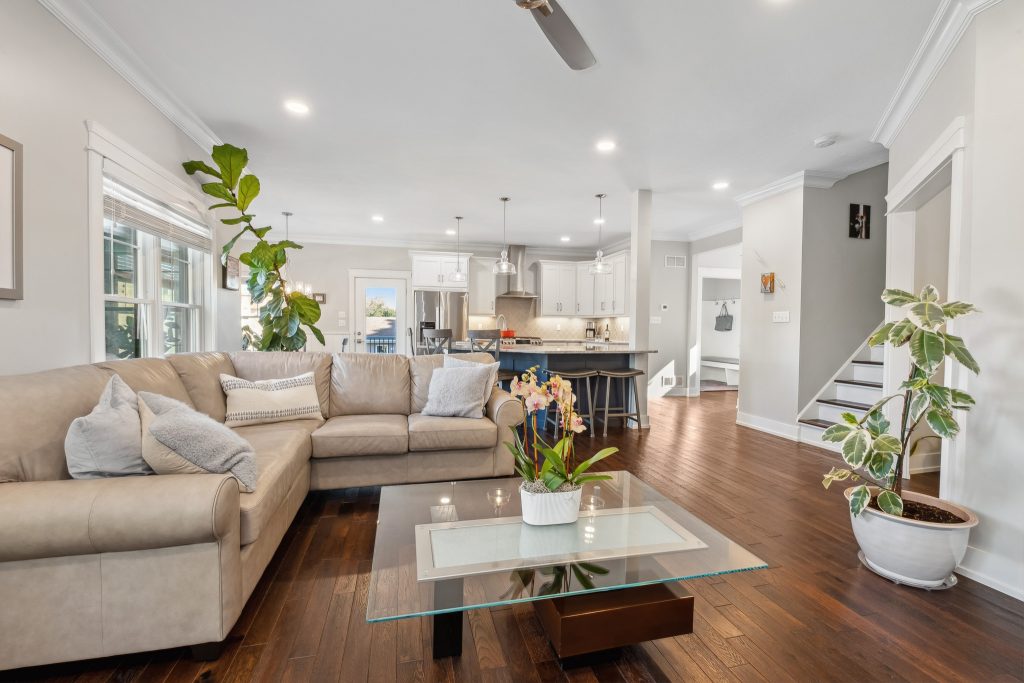
1. Design a Home That Fits Your Life — Not the Other Way Around
When you buy an existing house, you’re inheriting someone else’s layout, choices, and quirks. Maybe the kitchen feels closed off, there’s not enough storage, or the bedrooms are in the wrong spot for your family dynamic. Renovations to fix these issues can add extra cost — and frustration.
Even with a newly built pre-designed home, you’re often limited to standard floor plans and builder-selected finishes that may not reflect your style or needs. These homes are designed for broad appeal and fast turnaround, not personalization — which can leave you wishing you’d made different choices before moving in.
For example, we know a couple who purchased a home in a neighborhood built by a regional production builder. They only had to wait four months for their home to be completed, but they had very few choices about colors, finishes, and fixtures. When they moved in, they realized they didn’t have a regular-sized utensil drawer in their kitchen. All they had were two long, skinny drawers. These newlyweds made due by using four plastic pencil trays for their silverware and storing their bigger utensils (i.e., spatula, soup spoons, tongs) in a container on their countertop, but they told us that the lack of functionality in their first home kitchen will always be remembered as a thorn in their side.
It’s a common story with pre-designed homes: you get something new, but not necessarily what you need.
With a custom home, you start with a blank slate. You can design a flexible layout that reflects how you live today while planning for the near future—like a home office, in-law suite, or space for aging in place. It’s your own home, tailored to your preferences, not someone else’s. And if you build with us, you will always have an appropriately sized utensil drawer.
2. Avoid the Hidden Costs of an Older Home
Older homes often come with hidden issues. Outdated HVAC systems, poor insulation, aging roofs, and potential hazards like lead paint or old plumbing can turn your dream into a money pit. And in a seller’s market, some buyers waive inspections just to secure a contract — only to face expensive surprises later.
In contrast, everything is new and up to today’s building code when you build a house. Many home builders offer a builder’s warranty, and you won’t have to worry about replacing a furnace or patching the roof right after moving in. That peace of mind is hard to put a price on.
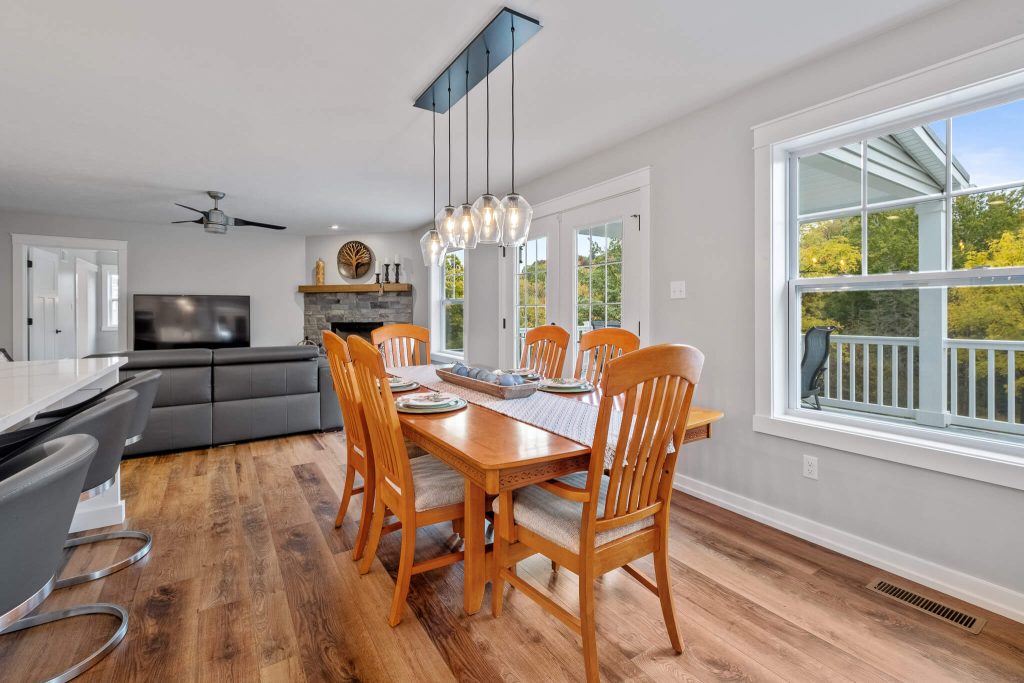
3. Take Advantage of Long-Term Energy Savings
Newly built homes are significantly more energy efficient than the average existing home, which makes a difference in Pittsburgh’s climate: cold winters and hot and humid summers. Building codes now require better insulation, windows, and mechanical systems — and with the right builder, you can go even further with solar readiness, smart thermostats, and ENERGY STAR-rated appliances.
Better energy efficiency means lower utility bills, reduced environmental impact, and a more comfortable living space. It’s a win for your wallet and for your long-term financial health.
4. Understand the Real Cost of Homeownership
It’s true that building a custom home often comes with higher upfront costs — but with that investment, you gain something invaluable: complete clarity and control. You know exactly what you’re getting, and the home is designed around your needs, preferences, and future plans. There are no surprises behind the walls, no awkward layouts to work around, and no costly compromises.
One of the biggest myths is that the cost of building a house is always the more expensive option. While an existing home or pre-designed new construction home in a neighborhood might carry a lower sales price, the total cost of homeownership tells a different story. Renovations, maintenance, and upgrades can quickly drive up expenses — especially when systems are outdated or the layout doesn’t suit your lifestyle. And the emotional toll of living through remodels or settling for “good enough” shouldn’t be underestimated.
When you build a custom home, you collaborate with a design-build team from concept to completion. Their industry knowledge helps you make smart, informed choices — whether that means splurging on windows or saving on flooring. You stay in control of the building costs while tailoring every detail to your vision. And unlike buying in a hot real estate market, you avoid the bidding wars that inflate the final home price.
You’re investing in a home that’s truly move-in ready — no updates required, no rework necessary — just a well-built home designed for you from day one.
Related Articles:
- The Hidden Costs of Building a Home: What to Budget For
- Keep Costs Down When Building a Home in Pittsburgh
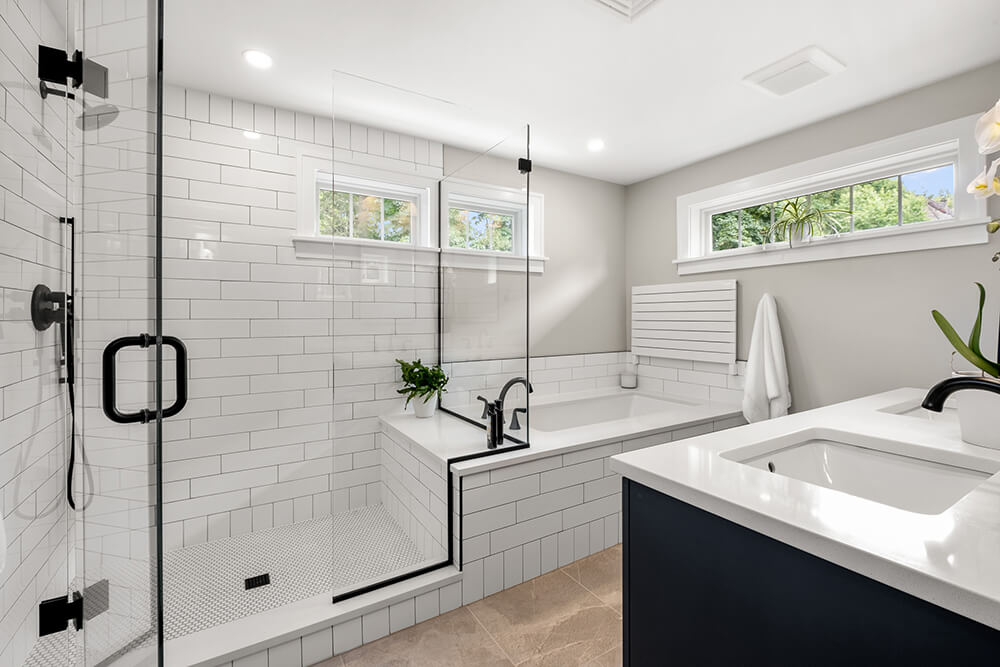
5. Financing Options That Support New Construction
Yes, building a home involves a different kind of financing — but it’s more accessible than many people think. Options like a construction loan can help you finance the build, then convert to a traditional mortgage once the home is complete.
Working with experienced mortgage lenders, loan officers, and a builder who understands the construction industry is key. You may also need to explore buying land or a land loan as part of your plan, which can be included in your financing package.
6. Invest in Better Materials and Craftsmanship
Many existing homes were built during times when building materials were cheaper or standards were different. While that doesn’t mean all older homes are poorly built, it does raise questions about what’s behind the walls — especially in homes built decades ago.
A custom-built home gives you transparency and choice. You know exactly what’s going into your home construction project, from framing to flooring. But the real value often lies in the things you don’t see — what’s behind the drywall.
We encourage our homeowners to consider these long-term investments while the home is being built. That might mean adding extra insulation for greater energy efficiency, installing rough-in plumbing in the basement for a future bathroom, or using higher-quality wiring and HVAC systems to avoid costly upgrades down the road. These thoughtful decisions may not change the look of your home, but they greatly improve its performance, comfort, and home value over time.
Related Article:
- Home Upgrades: What to Add Now and What Can Wait
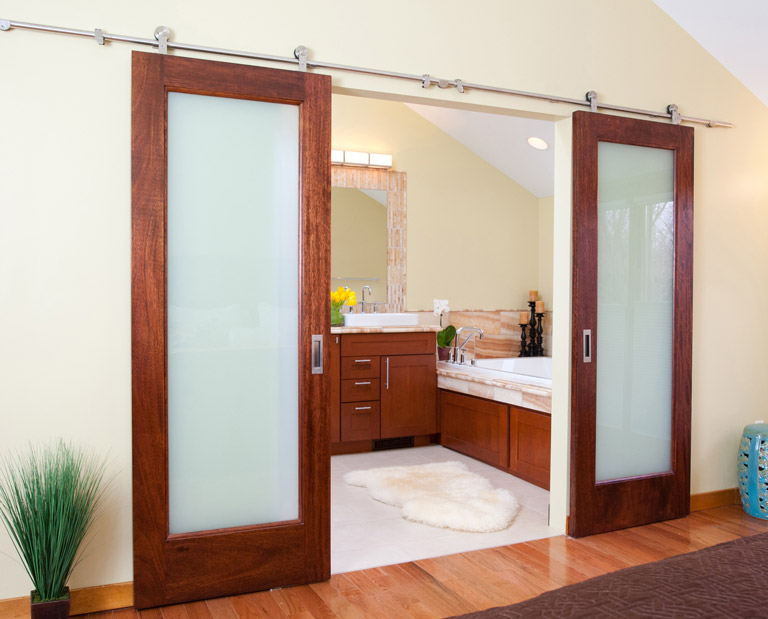
7. Custom vs. Pre-Built or Existing: Personalization Makes All the Difference
When you choose a pre-built home — especially one in a new subdivision — you’re typically limited to a few standardized floor plans and a narrow range of finishes. These homes are designed for mass appeal, efficiency, and quick delivery — not necessarily for your lifestyle or long-term comfort. You may end up compromising on layout, room sizes, or features that don’t fully suit your family.
With an existing home, you’re adapting to someone else’s choices entirely — from design style to storage solutions to how the rooms flow. While renovations are always an option, they add extra cost, time, and disruption.
By contrast, a custom home gives you full creative control from day one. You can prioritize natural light, design functional storage exactly where you need it, and incorporate specialty spaces like a mudroom, home office, wine cellar, or aging-in-place suite.
Every detail — from the building materials to the kitchen layout — is thoughtfully selected to support the way you live, not how someone else lived before you or what a builder pre-selected for the masses.
The Bottom Line: Build a Custom Home for the Life You Want
If you’re upgrading from an older property, planning your forever home, or simply tired of compromising, building a custom home may be the better choice — both financially and personally. While the home building process requires more time and involvement, the end result is a home that’s truly yours: personalized to your lifestyle, aligned with your long-term goals, and built with quality in mind.
Choosing to build instead of buy isn’t just about comparing the average cost — it’s about creating a space that reflects your vision from day one. With more control, better value over time, and the ability to make thoughtful design choices, building a new construction home can offer greater satisfaction, comfort, and return on investment.
Ready to explore what building a custom home could look like for you? Let’s talk about how we can bring your ideas to life — and build a home that fits you now and for years to come.
